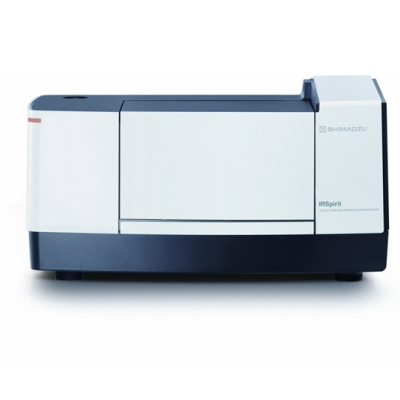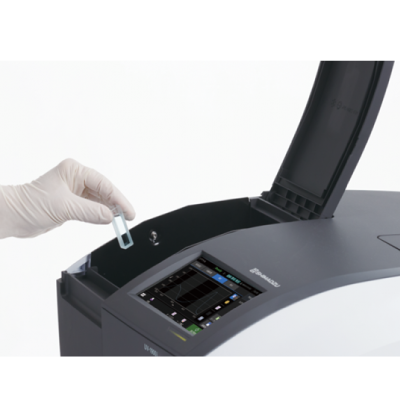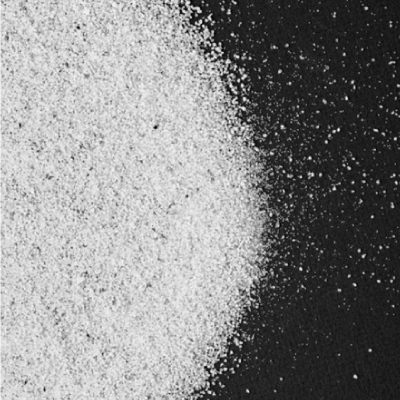Testing the tableting ability of powdered raw materials is dependent on their various properties such as the size and distribution of particles, bulk density, and angle of repose. These parameters are used to evaluate the suitability of the raw materials for tablet production.
Particle size analysis (granulometry)
Particle size analysis, also known as granulometry, is the process of assessing the distribution of particle sizes in powders. One of the methods used for this analysis is sieve analysis, which involves sifting the powder through a set of sieves with varying mesh sizes, and collecting fractions of a certain size. By measuring the masses of each fraction, we can determine the percentage content of each size in the total mass of the powder, and thus assess its homogeneity. As the homogeneity of powders decreases, the likelihood of separation into individual fractions increases. The particle size distribution of powdered raw materials is often given on a mesh scale.
Bulk density
Bulk density is a measure of the mass per unit volume of a loosely poured powder sample. The Hausner coefficient is a parameter related to bulk density that measures a powder’s ability to settle. It is the ratio of the volume of the uncompacted sample to its final volume after compaction. The Hausner coefficient gives us an idea of how easily the powder substance can be compacted. If the raw material has high flowability, then its bulk density before and after compaction will be similar, and the Hausner coefficient will be close to 1. Substances with high bulk density are used as raw materials for tablet preparation, while granules and powders with lower bulk density are more suitable for capsule applications.
Angle of repose:
The angle of repose is a method to measure the fluidity of powdery substances. It is an essential parameter as it determines the ease of working with raw materials during pouring and distribution. High flowability ensures even distribution of the powder substance and makes it easier to work with.







